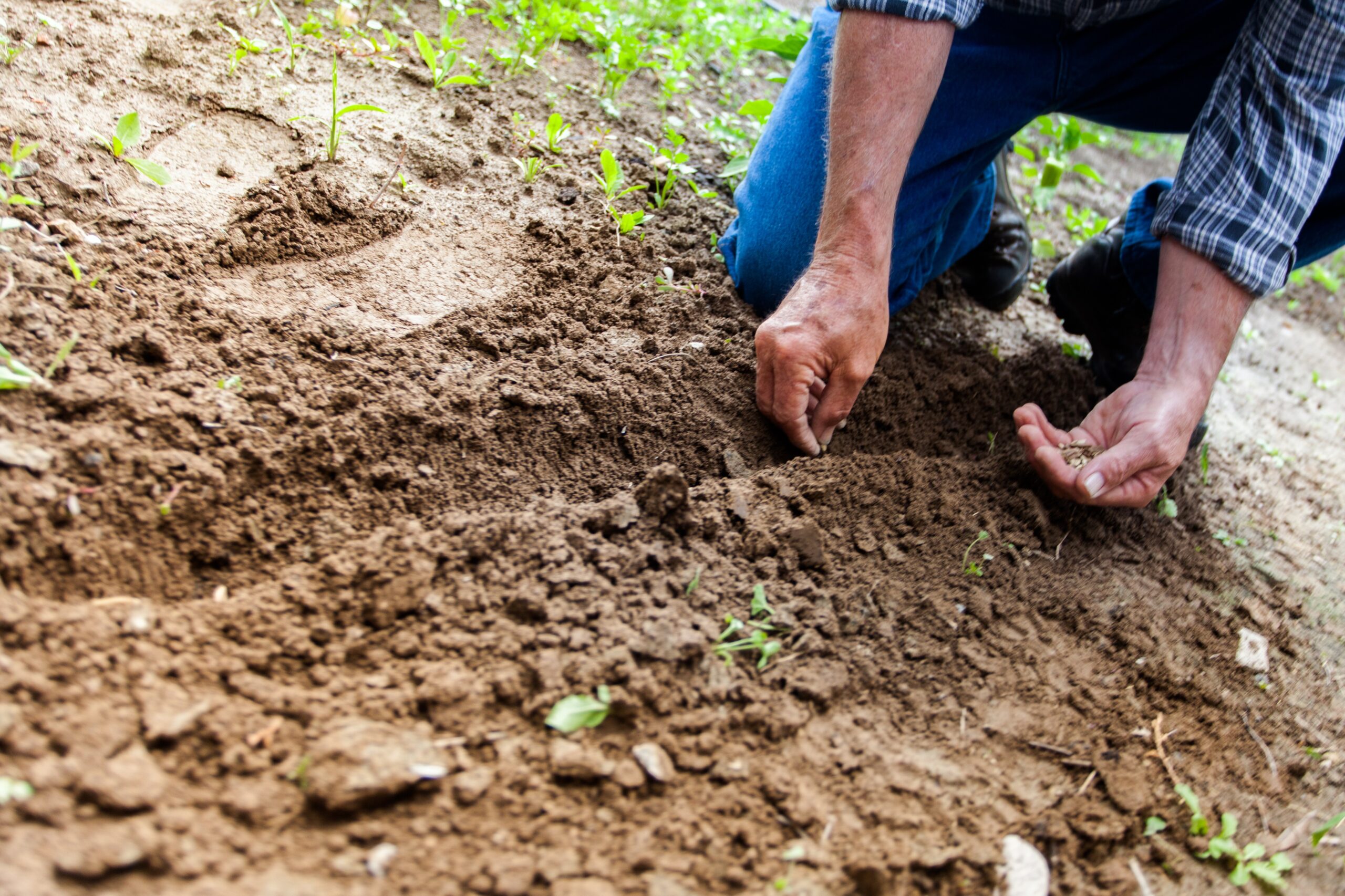Farming is all about cultivation. Whether growing plants or raising animals, farmers must acquire, nurture and protect the living things in their care. In real estate, it’s much the same, except instead of lettuce and lambs, real estate farming is all about leads. Here’s a quick rundown of everything you need to know about real estate farming:
What is Real Estate Farming?
Real estate farming is a type of marketing strategy that agents use to accumulate a pool of reliable leads within the boundaries of a specific geographical location. Like land and livestock farming, real estate farming depends on continuous care, only delivering a tangible reward if the right mixture of resources, attention, diligence, and patience coalesce at the right time and in the right place.
How Do You Establish a Real Estate Farm?
If you want to get into real estate farming, there are several key steps to take:
1. Pick a Target Neighborhood
Nobody can be all things to all people. For this reason, real estate agents shouldn’t try to market their services to the entire world. On the contrary, wise agents pick one area and concentrate their business communications and sales efforts on the people within it.
In most instances, your real estate farm will be a neighborhood that is well known to you. This provides you with insight into what local buyers need and want and allows you the opportunity to have established relationships with local real estate buyers/sellers before they actually need your services.
2. Gather Your Resources
Farming takes planning. And just like you can’t plant a field or buy a bunch of cows without thinking about how you’re going to pay for, manage and make a profit off of them, you can’t get into real estate farming without first having an actionable plan for obtaining and using leads. Indeed, to be really successful at real estate farming, you must research the geographic location you’re planning to farm. You need to determine local demographics (average age of homeowners, their income, education, etc.), as well as pinpoint top employers and amenities in the area. You need to have a good idea of your competition and, of course, understand the sales metrics (average price, commission, turnover rate, etc.) for homes in your potential farm. Only then can you start to think about building a strategy for harvesting winning leads, utilizing products by Haines and other means!
3. Plant Your Seeds
With an accurate account of an area, agents can begin “planting the seeds” of their real estate farming endeavor. The key to success is visibility. You need to keep yourself top of mind in the community in order to harvest the most profit. Consider marketing efforts that put and keep your name and face front and center. Some ideas include: sending out postcards with local comps; sponsoring a local sports team or local event; offering free workshops; updating a blog with advice on local entertainment; and using social media to advertise your services. The more people you can contact on a regular basis, the better the chance is that you will convert an acquaintance into a paying client!
4. Review and Repeat
Real estate farming is not quick and not always easy. It takes patience and a lot of repetitive practice. To reap the most reward, you need to constantly review your objectives and the way you use your marketing tools so that you can tweak your resources when your efforts aren’t generating the growth you expect.
The Haines Advantage
As with most things in life, real estate farming is maximized when you have the support of experts. To strengthen your real estate farming processes, think about partnering with our team of experienced professionals at Haines. Our proprietary lead generation software gives agents access to customizable lists of qualified leads in minutes and without the added expense of skip tracing fees. To learn more about using our products to enrich your own real estate farming venture, please contact us today.












